ANDE
November
27
EVENT
The Insights to Innovation session is part of the ANDE Member Showcase-an initiative that spotlights selected member organizations work and aims to raise awareness of ANDE members' activities.
November
12
October 21, 2025
BLOG
ANDE’s strategy focuses on accelerating resources and partnerships that power small business growth—the engine driving jobs, inclusion, and sustainable development.
September
14
October
30
EVENT
